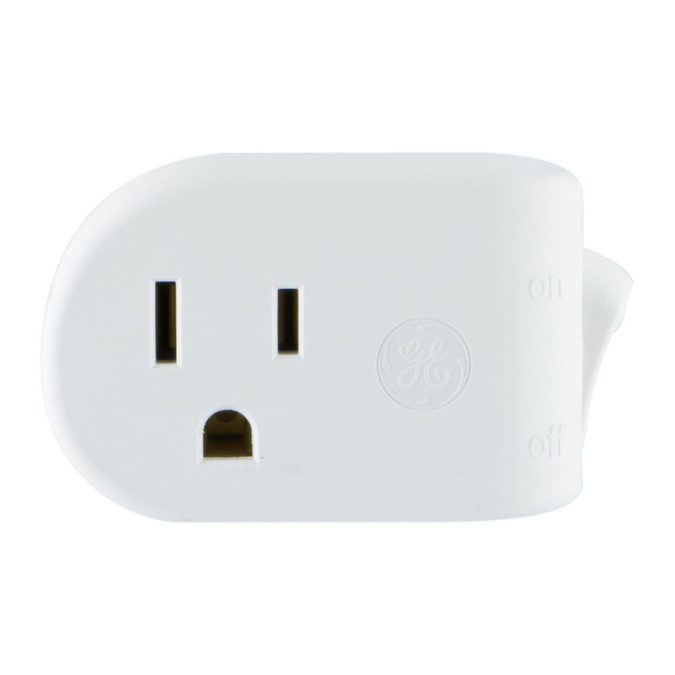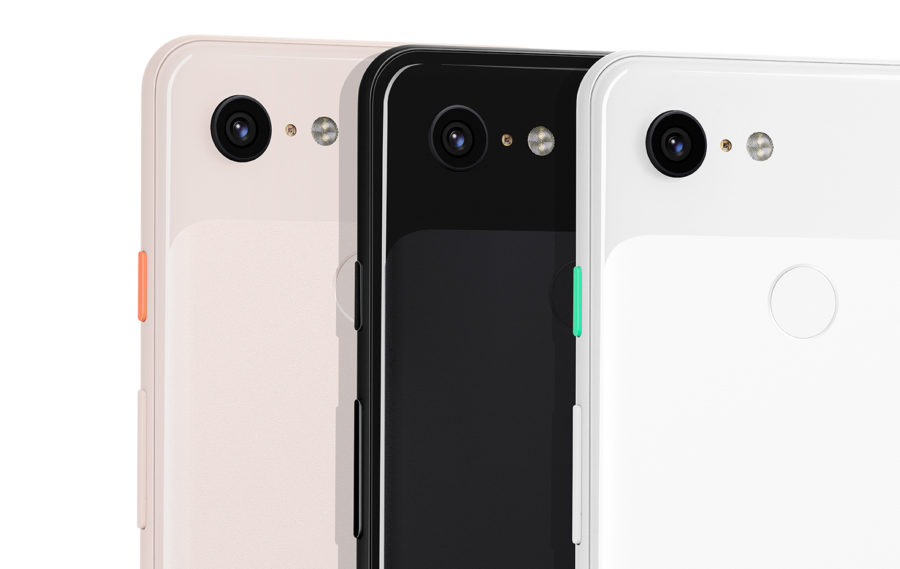You are close to losing control of your phone, and everything rests on a small button on its thin right edge …

Original material
Companies such as Apple have worked for decades to remove mechanical parts from commercial gadgets, including physical switches. Opening, repairing, and even completely disabling hardware functions has become much more difficult. Thus, a new status quo has been created for devices in a slim body, and it is under the complete control of manufacturers, excluding you, the consumer, who spent a lot of money to 'own' a modern smartphone.
This transformation came as no surprise. In fact, the roots of this technological transition can be traced back to completely nondescript devices from older generations of devices. In the house of my grandparents there was a lamp that could be turned on only by touching its metal body. Funny idea, but the novelty quickly passed. It turns out that physical switches are quite practical and meaningful. They work with your wet hands – the said lamp could not be used after washing your hands. By the position of the switch, you can understand whether the device is turned off or not. Such devices are predictable. And cats do not turn them on at night.
Today, simple, intuitive objects like light switches are being replaced by internet-connected 'smart' counterparts. And now we have virtually no access to the basics of how devices work. If the components responsible for turning the device on and off are hidden in the microcircuit, then in the event of a malfunction, we do not even know what to turn and where to press. I am reminded of Google’s decision to permanently shut down Revolv, the control center for smart homes, which instantly shut down such systems around the world.

It's a question of time
The digital transformation has brought with it many changes. The theoretical ideal of a modern gadget is a thin and water-resistant device with no moving parts inside. Any obstacle to the smooth exterior of the device violates the aforementioned design imperative, the same removable battery. Or a cooler fan. Or the power button. But the path to abandoning these functionalities is not easy.
Steve Jobs hated anything that violated the integrity of the user experience. He especially hated fans and was known to have demanded that active cooling be abandoned in Apple III. Despite the massive heatsinks, the lack of cooling created a problem with thermal expansion of microcircuits, which simply 'crawled out' from their cells. To 'fix' the problem Apple, I recommended raising the computer 15 cm above the table and dropping it on the table, hoping that the chips would snap back into place from the collision. Truly a seamless user experience.
A few years later, Jobs created the Power Mac G4 Cube. Similar to Apple III, the G4 Cube had no fans. It also ditched one mechanical element available in almost every electronic device at the time: a switch.

The Power Mac G4 Cube was inspired by an old lamp from my grandmother's house. As soon as you run your hand over the top of the case, the system will turn on. No click, no physical feedback. As soon as you touch the top of the case, a proprietary Mac signal in F sharp major sounded, indicating the start of the download Mac OS. The device did not sell well. The Low End Mac resource explains it all for one reason: terrible touch controls. 'A little touched, and the Cube turns on. It's very annoying every time it happens, even once is too often. ' It was a failure and subsequently Apple released a version with a regular physical switch. But with Steve Jobs at the helm, the time for mechanical switches was numbered.
I own iFixit, we teach people how to open and repair electronics, including Steve Jobs's greatest invention, iPhone. His “Internet Communicator” spawned many changes in the industry in one fell swoop. During the big transition, few people paid attention to one detail: Jobs finally managed to get rid of the mechanical switch. Instead, you now had to hold the shutdown button for a second, then swipe down on the virtual indicator on the screen to turn off the smartphone.
Other manufacturers have followed suit. The recently announced Pixel 3 has only three physical buttons and one USB-C port for charging. Quite different from BlackBerry with dozens of buttons (and 3.5mm jack).

Smartphones without a power button work consistently day after day, but are a challenge for repair technicians like me. Our normal approach to working with electronics is to turn off the power first. But to do this without a switch or a removable battery, you have to disassemble the phone. This is what we do.
My first step in the service process iPhone will be to open the case and remove the battery. Then and only then am I sure the power is off. In fact, it's a common thing for me when the phone is only half open and then it turns on. It's scary, just one short circuit separates me from burning the phone. So, I carefully climb inside and unplug the battery cable. Only now the phone is actually turned off and safe for further work.
Control levers
The switch carries an element of power. The user literally controls the control stick of the device. Science fiction novels often feature key scenes that explore the gap between human and artificial intelligence. The robot malfunctions, and it begins to threaten its creator, and then the heroine stretches out her hand and – click! – turns off the power of the robot on its 'back of the head'. Apparently, this moment may soon become a reality.

Last year, legislators in the EU proposed a draft law that would require every robot to be equipped with such a switch. Considering the Roombas driving around with knives at the ready, this idea is quite adequate.
And so I thought about my phone. If I do not have access to a power off, then I will not know if it is actually turned off. Is my smartphone listening to me at the moment? If I start discussing with a friend about my upcoming vacation in the Maldives, will Facebook start offering me flight options? Many people think so, the situation is brought to the point of absurdity. But using the software switch can prevent the phone from doing this, right?
…it is so?
Some people are not sure about this. Among them is Edward Snowden. He told NBC News that manufacturers – or the US National Security Agency – can “easily activate [microphones] on powered devices.” He recommends going all the way and physically disconnecting your microphone and camera from any device that makes you suspicious. This is not only true for smartphones: Researchers have found a way to gain control over the sensors of smart TVs when the latter are outwardly turned off.
The world of constantly on gadgets in our pockets was not inevitable. The current state of affairs is the result of the deliberate use of a layout that integrates batteries into our devices. In parallel, switches are disappearing everywhere. But we already live in this world. Steve Jobs won: none of the major smartphone manufacturers use a removable battery or a physical switch.
Thus, the last real power switch available to us is a regular screwdriver. If you can open the device, you can turn it off.
Posted by Kyle Viens, CEO and Co-Founder of iFixit
During the first reading of the material, the problem seemed far-fetched, apparently due to the flexibility in the gesture settings in the smartphone, which allows you to practically not use the power button, which I use much more often for screenshots than for its intended purpose. However, upon re-acquaintance, the relevance became clearer. It turns out that manufacturers, trying to please users, make life difficult for service center specialists and the same users. Yes, it will not be difficult for a professional to disassemble the phone and turn it off, but, as they say, we did not ask for this, return everything back.
It is interesting to read the reasoning of a person professionally engaged in disassembling and repairing gadgets, a completely different perception. Rejection of the power button seems to deprive the user of the power for which he spends his money, the buyer turns into an outside observer who is not allowed to do anything. What can we say about self-repair. In general, very similar to the approach Apple, Jobs is her judge. So, abandoning power buttons: a new trend or a systematic process of smartphone evolution?
